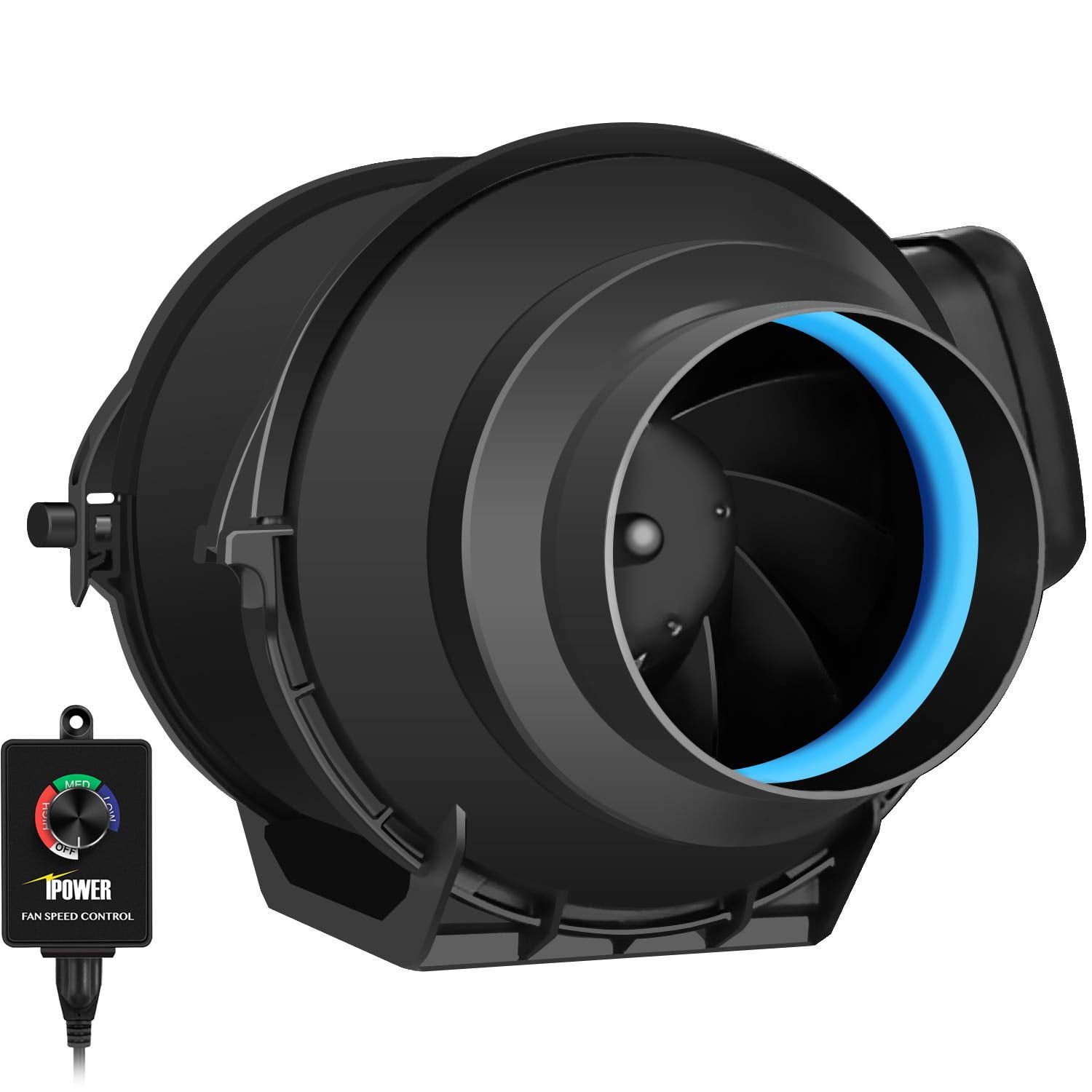Types of Insulated Ducting for Bathroom Fans: 4 Insulated Duct For Bathroom Fan

4 insulated duct for bathroom fan – When selecting insulated ducting for a bathroom fan, it is essential to consider the material’s R-value, flexibility, and durability. Different materials offer varying degrees of these properties, impacting the efficiency and longevity of the ducting system.
When designing a contemporary home decor , it’s important to consider the functional aspects as well. A 4-insulated duct for bathroom fan not only provides efficient ventilation but also blends seamlessly into the modern aesthetic. It ensures a quiet and comfortable atmosphere while maintaining the integrity of the sleek and sophisticated design.
The following table provides a comparison of common insulated ducting materials for bathroom fans:
| Material | R-Value | Flexibility | Durability |
|---|---|---|---|
| Fiberglass | 2.2 – 3.8 | Good | Moderate |
| Polyethylene | 2.0 – 2.5 | Excellent | Good |
| Polyurethane | 3.5 – 6.0 | Fair | Excellent |
Fiberglass
Fiberglass is a widely used material for insulated ducting due to its affordability and availability. It offers a moderate R-value, making it suitable for most bathroom fan applications. Fiberglass ducting is also relatively flexible, allowing for easy installation in tight spaces.
In the realm of home decor, where aesthetics and functionality intertwine, the 4 insulated duct for bathroom fan plays a subtle yet vital role. Its presence ensures proper ventilation, maintaining a healthy and comfortable living space. While exploring the possibilities of black and white living room decor here , one might overlook the significance of this humble duct.
Yet, its contribution to the overall well-being of the home cannot be underestimated, ensuring a harmonious balance between style and substance.
Polyethylene
Polyethylene is another common choice for insulated ducting. It has a slightly lower R-value than fiberglass but excels in flexibility. Polyethylene ducting is ideal for complex duct runs or installations where flexibility is crucial.
Polyurethane, 4 insulated duct for bathroom fan
Polyurethane is the most expensive option but offers the highest R-value among the three materials. It is also highly durable, making it a good choice for long-term performance. However, polyurethane ducting is less flexible than fiberglass or polyethylene.
Benefits of Using Insulated Ducting for Bathroom Fans

Insulated ducting plays a crucial role in enhancing the efficiency and functionality of bathroom fans. By providing a layer of insulation around the ductwork, it offers numerous advantages that contribute to improved indoor air quality, reduced energy consumption, and enhanced comfort.
Energy Efficiency
Insulated ducting significantly reduces heat loss by preventing warm air from escaping through the ductwork. This efficiency translates into reduced energy consumption, as the fan does not have to work as hard to maintain the desired temperature in the bathroom. The energy savings can be substantial, especially in regions with extreme temperatures.
Condensation Prevention
Condensation occurs when warm, moist air comes into contact with a cold surface. In bathroom fans, this can lead to the formation of mold and mildew within the ductwork. Insulated ducting acts as a barrier, preventing warm air from coming into contact with the cold duct surface. This reduces condensation and the associated risk of mold growth, ensuring a healthier indoor environment.
Improved Indoor Air Quality
Insulated ducting helps maintain the desired temperature in the bathroom, reducing the likelihood of stale air buildup. By effectively removing moisture and odors, insulated ducting contributes to improved indoor air quality, making the bathroom a more comfortable and pleasant space.
Noise Reduction
Insulated ducting can also help reduce noise levels associated with bathroom fans. The insulation material absorbs sound waves, minimizing the noise transmitted through the ductwork. This results in a quieter bathroom environment, especially during fan operation.
Installation Considerations for Insulated Ducting

Installing insulated ducting for bathroom fans requires careful planning and execution to ensure optimal performance and longevity. Here are the key considerations and step-by-step instructions:
Selecting the Right Size and Length of Ducting
The size and length of the ducting should be carefully considered to ensure proper airflow and minimize noise levels. The diameter of the ducting should match the size of the fan outlet, and the length should be as short as possible while still allowing for proper venting. Longer ducts increase resistance to airflow and can lead to reduced fan performance.
Proper Sealing and Insulation Around Joints and Connections
Proper sealing and insulation around joints and connections are crucial to prevent air leaks and maintain the thermal integrity of the ducting. Use duct tape or mastic sealant to seal all joints and connections, ensuring a tight and airtight fit. Additionally, insulate the ducting with fiberglass or foam insulation to minimize heat loss and condensation.